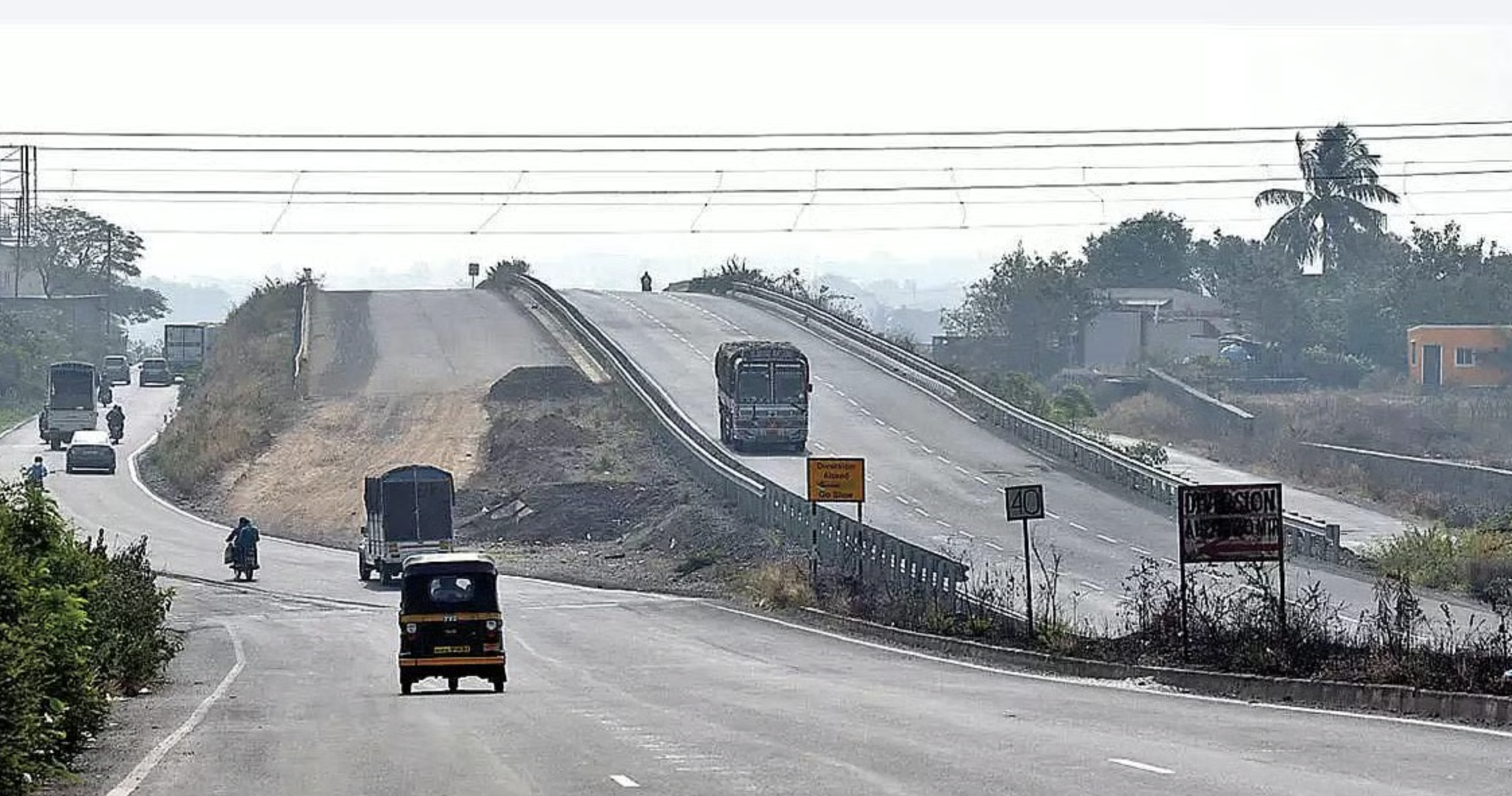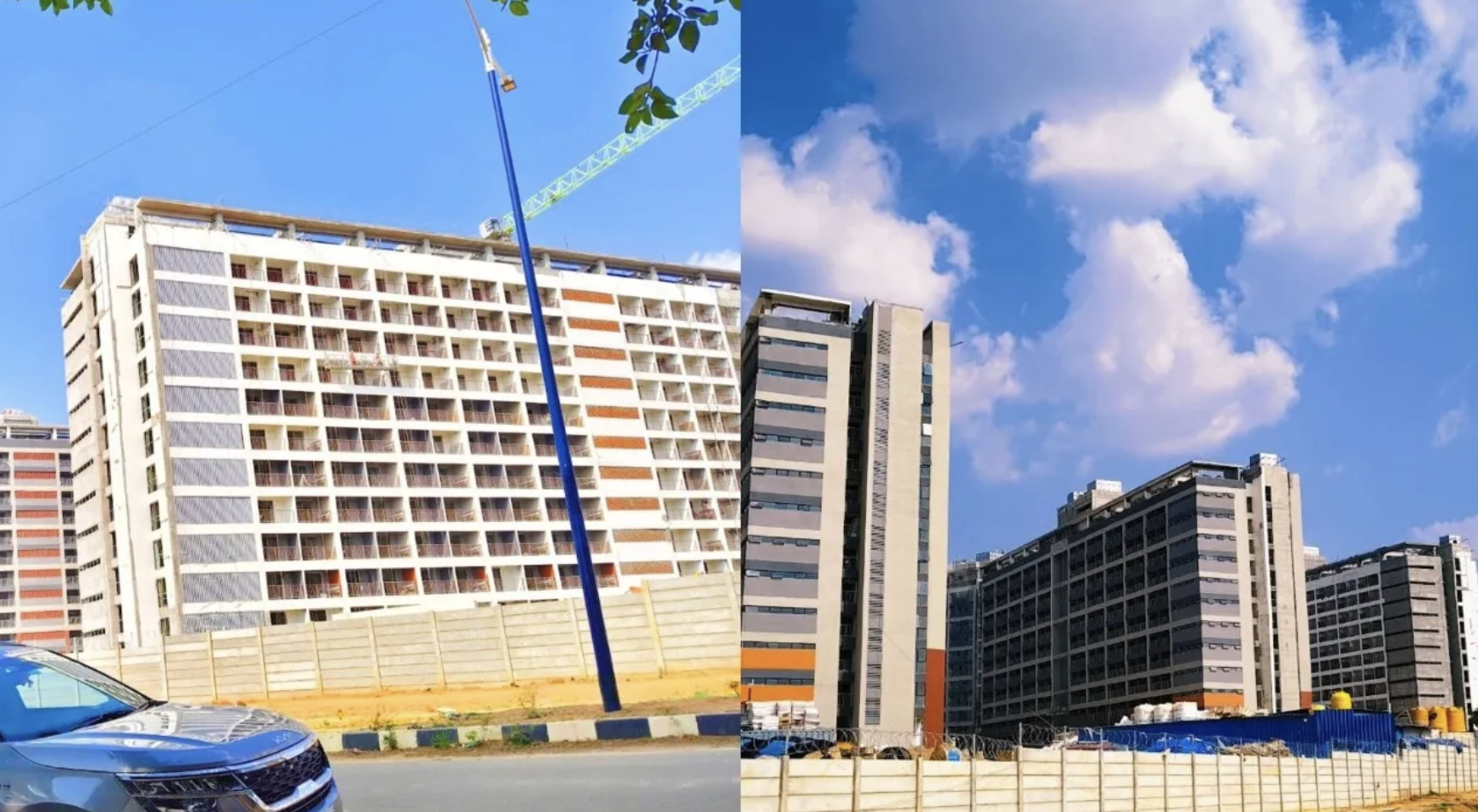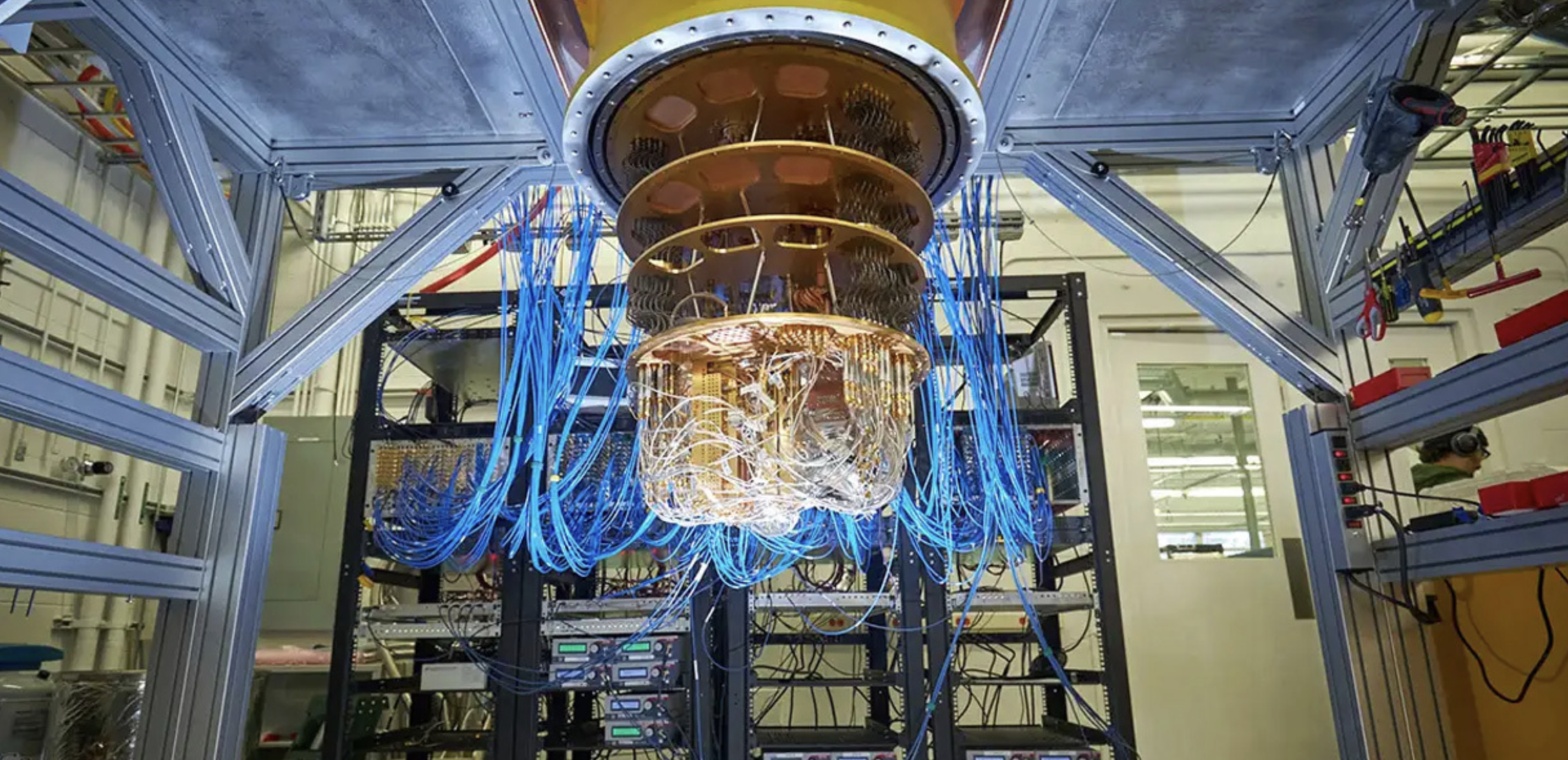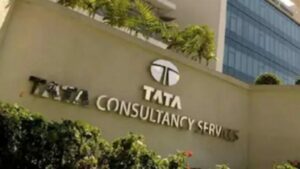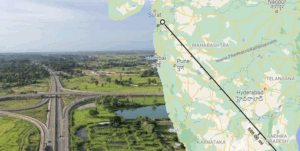On March 17, Nuclear Power Corporation of India Ltd (NPCIL) successfully commissioned Unit 7 of the Rajasthan Atomic Power Project (RAPP) in Rawatbhata. This 700 MW pressurized heavy water reactor (PHWR) was connected to the Northern Grid at 2:37 AM after meeting all regulatory and safety requirements mandated by the Atomic Energy Regulatory Board (AERB).
The power output of the reactor will gradually increase to full capacity in accordance with regulatory approvals.

India’s Progress in Indigenous Nuclear Energy
RAPP-7 marks the third operational reactor in NPCIL’s series of 700 MW PHWRs, with the previous two units—KAPS 3 and 4—located at Kakrapar in Gujarat. These reactors represent significant advancements in indigenous technology and safety features.
“The successful grid connection of RAPP-7 underscores NPCIL’s robust reactor design and the capabilities of the Indian nuclear industry,” the company said.
Clean Energy and Sustainability
While nuclear energy is not classified as renewable, it remains a zero-emission clean energy source. By using uranium fission for power generation, it avoids harmful emissions from fossil fuels. Each 700 MW reactor can produce approximately 5.2 billion units of electricity annually, preventing around 4.5 million tons of CO2 equivalent emissions.
NPCIL’s chairman, Bhuwan Chandra Pathak, noted that these reactors will be instrumental in achieving India’s Nuclear Energy Mission target of 100 gigawatts by 2047.
Rawatbhata’s Growing Nuclear Footprint
With the addition of RAPP-7, Rawatbhata now has seven operational units, contributing to a total capacity of 1,880 MW. NPCIL currently operates 25 reactors across India, with ongoing projects aimed at further expanding nuclear capacity.
Meeting India’s Energy Demands
India’s transition to clean energy cannot rely solely on renewables, given the limitations of intermittent generation and insufficient storage solutions. Nuclear energy offers a reliable alternative to meet the country’s growing electricity demand and support its net-zero ambitions by 2047.
